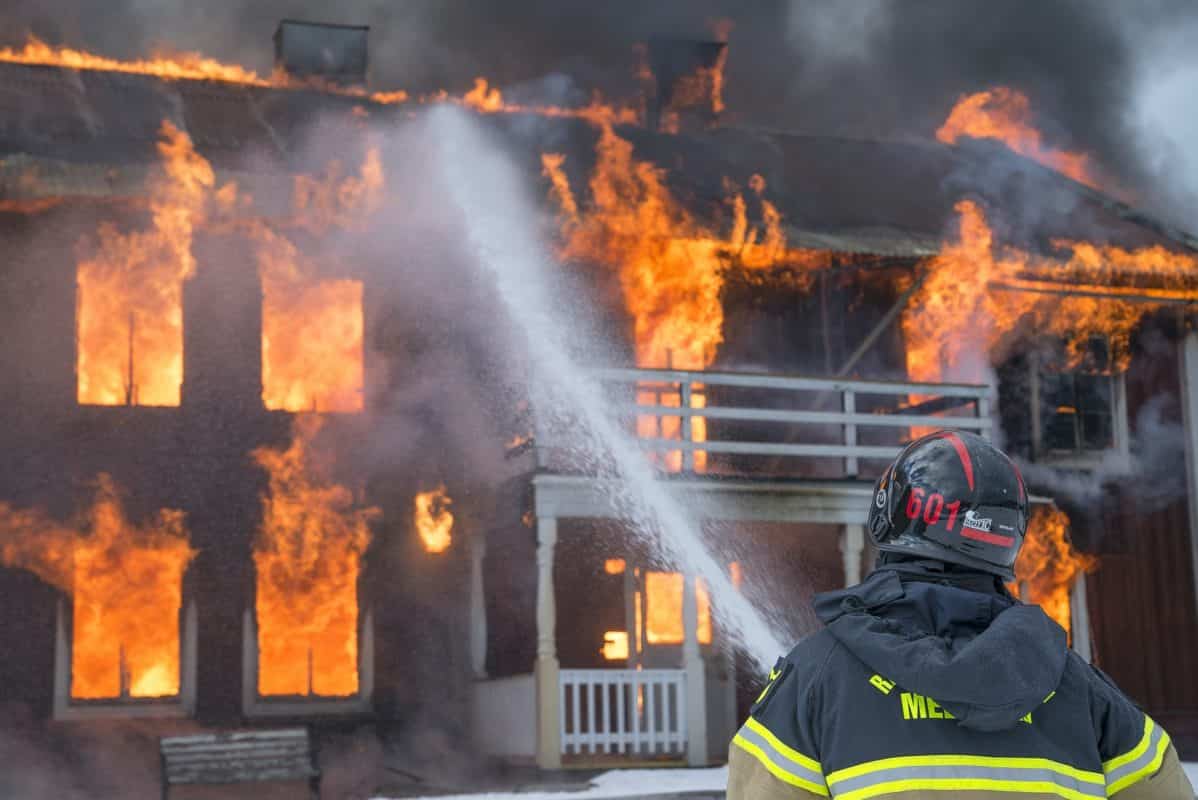Everything, Cats, Dogs, Pet Care
Including Your Pets in a Disaster Plan
You’ve packed for and practiced a home emergency plan in case there’s a fire, flood, earthquake, or other disaster. Does your disaster plan include your pets?
Plan and prepare with your pets in mind before a disaster happens, and your pets will have a much higher chance of survival.
Where to take your pets
A disaster may force you to live somewhere else temporarily. With an emergency plan for your pets, you’ll know where you can take them before you suddenly need to be somewhere else. Look into these possible accommodations:
For you and your pets together
- An online search for pet-friendly accommodation produces a list of directories of hotels, motels, and other accommodation where pets are allowed.
- Friends or relatives may be able to accommodate you and your pets in an emergency.
For just your pets
- Your local veterinary clinic may be able to board your pets for a short time in an emergency. So may animal rescue organizations and shelters.
- Boarding kennels often board more than one species of animals; find out which ones board your type of pet.
- In a disaster that affects a community, temporary animal shelters may be set up.
What to take with your pet
Your home emergency kit includes necessities for your family. For your pets, add the following items to your emergency supplies or know where they are so that you can retrieve them quickly.
Pet transportation, accommodation, and safety
- For cat-sized and larger animals, have a leash and a harness or collar. Attach an identification tag with your name and contact information. A cell number on the identification tag can help people reach you faster when you can’t be at home.
- Make a list of possible accommodations with addresses and phone numbers. Also include the phone number of your veterinarian.
- Keep a pet carrier handy to transport cats, rabbits, and ferrets.
- Have your pets’ vaccination papers in a convenient place to take with you.
Pet care and safety
- Bring enough food (dried, if your pets will eat dried food) to last a few days.
- For cats and caged animals, you’ll need litter or bedding, a litter box (for cats), and a scoop to clean the cage or litter with. Pack lots of plastic bags to dispose of litter and other waste.
- If your pets require medication, be sure to always have enough for at least a few days.
- Have recent photos of your pets on hand in case your pets become separated from you.
Other preparations before a disaster
If your pets aren’t accustomed to pet carriers, help them feel comfortable with a pet carrier before they need to be in one. Feed them meals or treats in the carrier to give them positive associations with it.
Keep your pets’ vaccinations current if kennels are on your list of emergency pet accommodation. Most boarding facilities require pets to have their rabies and distemper vaccinations up to date.
During and after a disaster
Locate your pets and keep them with you, leashed or confined, as soon as disaster happens. They may be frightened, and their instinctual reaction will be to run and hide. If they get loose during this time and the land has changed from the disaster, they may not be able to find their way home.
Take your pets with you if you can’t stay in your home after a disaster. Their chances of survival are reduced if they’re left unattended.
If you can’t take your pets with you
If you have no choice but to leave your pets at home for up to a few days, here are some steps to follow.
- The area Decide where in the home to leave your pets. Avoid rooms with objects that could fall on animals. If the disaster is a flood, choose a room above ground level. Put dogs and cats in separate areas, and put smaller animals in areas away from dogs and cats.
- In the area Leave your pets with lots of water and dry food. If the animals can reach the sink or bathtub, leave a faucet dripping. Water dishes can be tipped over; put water in large, heavy containers, and provide more than one container with water. Automatic pet feeders will prevent your pets from eating all their food at once. Put the animals’ bedding, toys, and other familiar objects in this area.
- Identification Leave dogs and cats wearing collars and identification tags with current contact information. If emergency workers come to your home while you’re away, you want them to be able to reach you. Put a notice on your door letting emergency workers know how many pets are in your home.
- Follow-up Check on your pets daily if possible or ask someone else to. If you can’t return home within a couple of days, look for accommodations where you or someone else can take care of your pets.


